Expectations in the high-end retail real estate market, the location of 3 new cities in Hanoi, regulations on the establishment and implementation of resettlement projects, resettlement areas... are the latest real estate news.
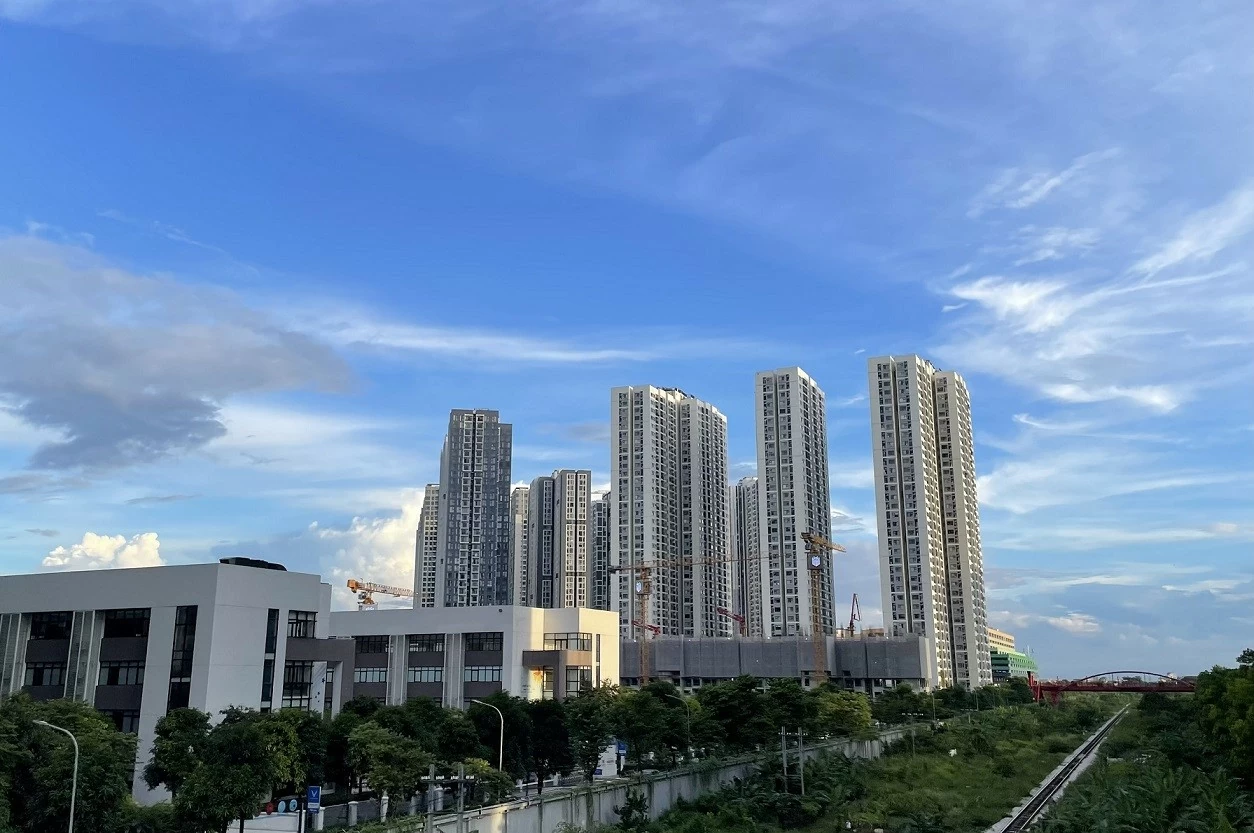 |
| Latest real estate: Revealing the locations of 3 new cities in Hanoi. (Photo: Linh An) |
Expectations for high-end retail real estate market to grow strongly in the long term
Experts from Savills Vietnam Company informed that the scale of Vietnam's retail industry is forecasted by the Ministry of Industry and Trade to increase to 350 billion USD by 2025, contributing 59% of the total domestic budget. This factor is expected to help the high-end retail real estate market in Vietnam enter a period of strong development with many long-term growth potentials, especially in centrally-run cities.
Savills Vietnam’s survey also shows that high-end shopping mall and retail projects are continuously expanding, attracting the attention of both domestic and foreign investors. This sector is also continuously assessed as one of the most dynamic economic sectors in Vietnam, maintaining double-digit annual growth rates for decades.
Along with the development of the retail industry, Vietnam is also emerging as an attractive destination for high-end retail real estate investors with a rapid growth rate compared to other countries in the region. In fact, the growth of the high-end retail real estate sector comes not only from the growth of average income as well as disposable income of the people, but also from the shift in shopping habits towards increasingly high-end along with the rapid expansion of the middle and upper classes - Savills experts analyzed.
The emergence of many international brands, along with the increasing demand for shopping and high-end service experiences, has created a solid foundation for the strong development of the high-end retail real estate sector. The high-end retail real estate market in Vietnam is expected to continue to grow strongly in the long term with annual rental prices continuing to grow in double digits, despite short-term challenges.
However, Savills experts also recommend that this market will face some challenges in the short term. Because despite its rapid growth, Vietnam's retail space is still modest in terms of scale, quality and experience. The total retail space in Vietnam, especially high-end shopping malls, is still relatively modest compared to countries in the region such as Thailand, Singapore, Malaysia...
This requires Vietnam to continue investing in infrastructure, expanding the supply of high-quality premises and improving the shopping experience for consumers to attract more international investors and compete with neighboring countries.
In the context of slow growth in the supply of high-end retail space while the demand of international brands and trademarks is constantly increasing, the rental price of space in central areas in Ho Chi Minh City and Hanoi is also increasing, creating great pressure for many high-end retailers.
In addition, fluctuations in the global economy, inflation, and rising raw material costs can also affect the expansion of high-end retail real estate projects. For example, rising inflation can reduce consumer purchasing power, affecting high-end retail sales. At the same time, the cost of building and operating high-end shopping malls will also increase, creating pressure on real estate developers.
Even the instability of the international financial market may make foreign investors more cautious in expanding their investment scale in the high-end segment.
Revealing the locations of 3 new cities in Hanoi
Hanoi sets a vision for the period of 2045 to form a northern city with the main nucleus being Dong Anh district; developing urban areas in Hoa Lac and Xuan Mai to form a western city and developing urban areas in Phu Xuyen and Thuong Tin to form a southern city.
The above content was stated by the Hanoi People's Committee in the Hanoi Urban Development Program for the period up to 2035 (referred to as the Program) which has just been submitted to the City People's Council for consideration and comments at a thematic meeting scheduled to take place at the end of September 2024.
Accordingly, the Program sets a target of striving for the urbanization rate of the whole city to reach about 55-65% by 2030 (currently 49.1%) and about 60-70% by 2035.
Regarding the number of districts, it is expected that the city will have 16 districts (12 existing districts and 4 districts of Hoai Duc, Gia Lam, Dong Anh, Thanh Tri expected to be established as districts).
The list of districts expected to adjust administrative boundaries and districts and wards expected to be newly established are implemented according to the project and plan for arranging administrative units at district and commune levels in Hanoi until 2035, ensuring compliance with the Capital Planning, adjusting the Capital General Planning, rural planning, and urban planning. Clearly define the subjects, the arrangement roadmap and must ensure the consensus of the people.
Number of urban areas, list of urban areas, urban areas expected to adjust administrative boundaries and urban areas expected to be newly established in centrally-run cities according to urban classification.
In which, completing the urban quality criteria of 16 inner-city districts equivalent to special-class urban areas according to the provisions of the Capital Law. Recognizing the third-class city - Son Tay directly under the Capital.
Notably, in the Program, Hanoi sets out a vision for urban development in the period up to 2045, continuing to promote investment in urban development in the North according to the general plan to form a Northern City with the main nucleus being Dong Anh district.
At the same time, promote investment in urban development in Hoa Lac and Xuan Mai to form a Western City.
Phu Xuyen and Thuong Tin areas are also being invested in urban development to form a Southern City.
In addition, Hanoi expects the city's urban population density to reach over 3,000 people/km2. The population density in the inner city, inner town, and town areas by 2035 will reach 12,000 people/km2.
The average housing area per capita in the inner city by 2035 will reach about 28m2 of floor space per person (including additional housing area corresponding to the forecast population). Priority will be given to investment in the reconstruction of old apartment buildings and social housing.
Average income per capita/year compared to the whole country is 1.4 times...
The city prioritizes investment in the public transport system, implementing a strategy to convert personal vehicles to low-emission public transport.
Ho Chi Minh City temporarily applies current land price list to calculate tax
On the afternoon of September 21, the Ho Chi Minh City People's Committee issued a document guiding departments, branches, Thu Duc City People's Committee and districts on resolving financial and tax obligations related to land in the area.
During the time when the land price list has not been adjusted according to the 2024 Land Law, the Ho Chi Minh City People's Committee allows the use of the current land price list, i.e. the land price list issued on January 16, 2020, as before to resolve financial obligations and land taxes with records received from August 1.
The Ho Chi Minh City People's Committee assigned the City Tax Department to coordinate with the Department of Natural Resources and Environment (TN-MT), the Department of Finance and related units to resolve the backlog of land records arising from August 1 with procedures such as collecting land use fees, land rents, personal income tax from real estate transfers and land revenues.
The decision to use the current land price list while waiting for adjustment by the Ho Chi Minh City People's Committee comes from the proposal of the Tax Department on September 17 and the consensus at the meeting of the City People's Committee held on the same day.
Along with that, based on the proposal of the Department of Natural Resources and Environment, the City People's Committee has asked for the opinion of the City Party Committee to resolve the above issue.
Statistics from August 1-30 show that the Ho Chi Minh City Tax Department received 8,893 records related to land procedures for this agency to determine financial obligations.
Of these, 4,711 transfer, donation, and inheritance records have financial obligations; 2,229 records do not have financial obligations; 1,669 records are for granting certificates; 284 records are for changing land use purposes. Localities with a large number of records include Thu Duc City (1,878 records), Hoc Mon District (1,772), Cu Chi District (1,095), Tan Phu District (388)...
According to the Tax Department, since the 2024 Land Law and Decree 103/2024 regulating land use fees and land rents took effect from August 1, this agency has encountered difficulties in determining financial obligations for land records when applying the 2020 land price list.
To have a basis to handle the large number of land records received after August 1, the Tax Department has proposed three times that the City People's Committee promptly issue a decision to adjust the current land price list and provide instructions.
Thus, with the HCMC People's Committee allowing the temporary use of the current land price list, thousands of pending land records from August 1 onwards will be resolved.
Regulations on the establishment and implementation of resettlement projects and resettlement areas
Article 110 of the 2024 Land Law clearly stipulates the establishment and implementation of resettlement projects and resettlement areas.
Accordingly, the establishment and implementation of resettlement projects and resettlement areas are as follows:
Provincial and district People's Committees are responsible for organizing the establishment and implementation of resettlement projects in accordance with the provisions of law.
The resettlement area ensures the following conditions:
The technical infrastructure of the resettlement area must at least meet new rural standards for rural areas and urban standards for urban areas, including: Roads ensuring connection with neighboring areas, lighting and household electricity, water supply and drainage systems, communications, and environmental treatment.
Social infrastructure in resettlement areas must ensure access to health care, education, culture, sports, markets, trade, services, entertainment, recreation, and cemeteries.
Suitable for conditions, customs and practices of each region.
Resettlement locations are selected in the following order of priority: At the commune-level administrative unit where the land is recovered.
At the district-level administrative unit where the land is recovered in the case where there is no land for resettlement at the commune-level administrative unit where the land is recovered.
In other areas with equivalent conditions in case the district-level administrative unit where the land is recovered has no land for resettlement.
Priority is given to selecting land with favorable locations to form resettlement areas.
Note: In the resettlement area after the resettlement land has been allocated, if there is still land fund, priority will be given to land allocation to individuals who are eligible for land allocation without auctioning land use rights according to the provisions of the 2024 Land Law; in case there is still land fund, land will be allocated to individuals who are eligible for land allocation through auctioning land use rights according to the provisions of the 2024 Land Law.
Thus, according to the above regulations, people whose land is recovered will be resettled at the following locations: At the commune-level administrative unit where the land is recovered.
At the district-level administrative unit where the land is recovered in the case where there is no land for resettlement at the commune-level administrative unit where the land is recovered.
In other areas with equivalent conditions in case there is no land for resettlement in the district-level administrative unit where the land is recovered. Priority is given to selecting land with favorable locations to form resettlement areas.
Source: https://baoquocte.vn/bat-dong-san-moi-nhat-du-kien-vi-tri-3-thanh-pho-moi-o-ha-noi-tphcm-ap-dung-tam-bang-gia-dat-hien-hanh-de-tinh-thue-287421.html


![[Photo] General Secretary To Lam arrives in Minsk, begins state visit to Belarus](https://vphoto.vietnam.vn/thumb/1200x675/vietnam/resource/IMAGE/2025/5/11/76602f587468437f8b5b7104495f444d)

![[Photo] General Secretary To Lam meets and expresses gratitude to Vietnam's Belarusian friends](https://vphoto.vietnam.vn/thumb/1200x675/vietnam/resource/IMAGE/2025/5/11/c515ee2054c54a87aa8a7cb520f2fa6e)

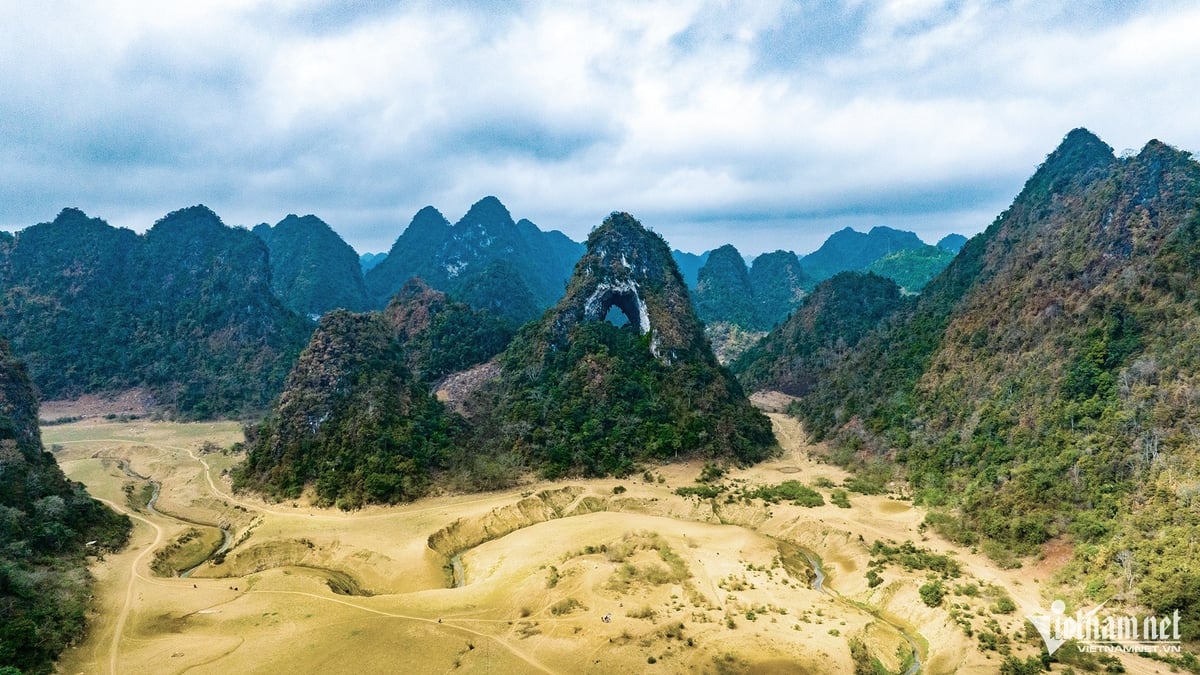

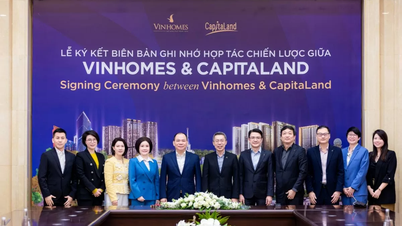



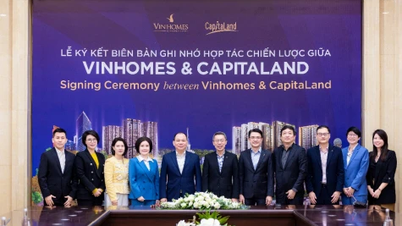



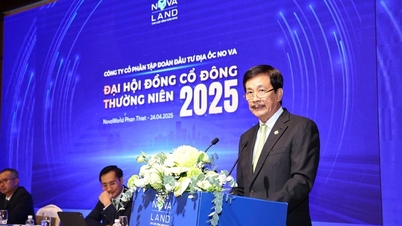





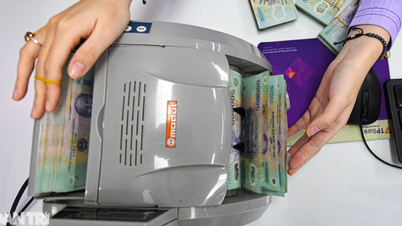








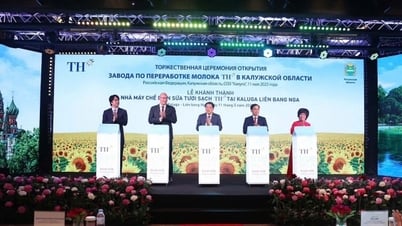

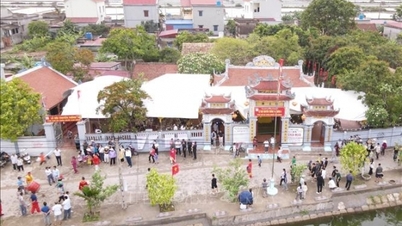
![[Photo] General Secretary To Lam concludes visit to Russia, departs for Belarus](https://vphoto.vietnam.vn/thumb/1200x675/vietnam/resource/IMAGE/2025/5/11/0acf1081a95e4b1d9886c67fdafd95ed)
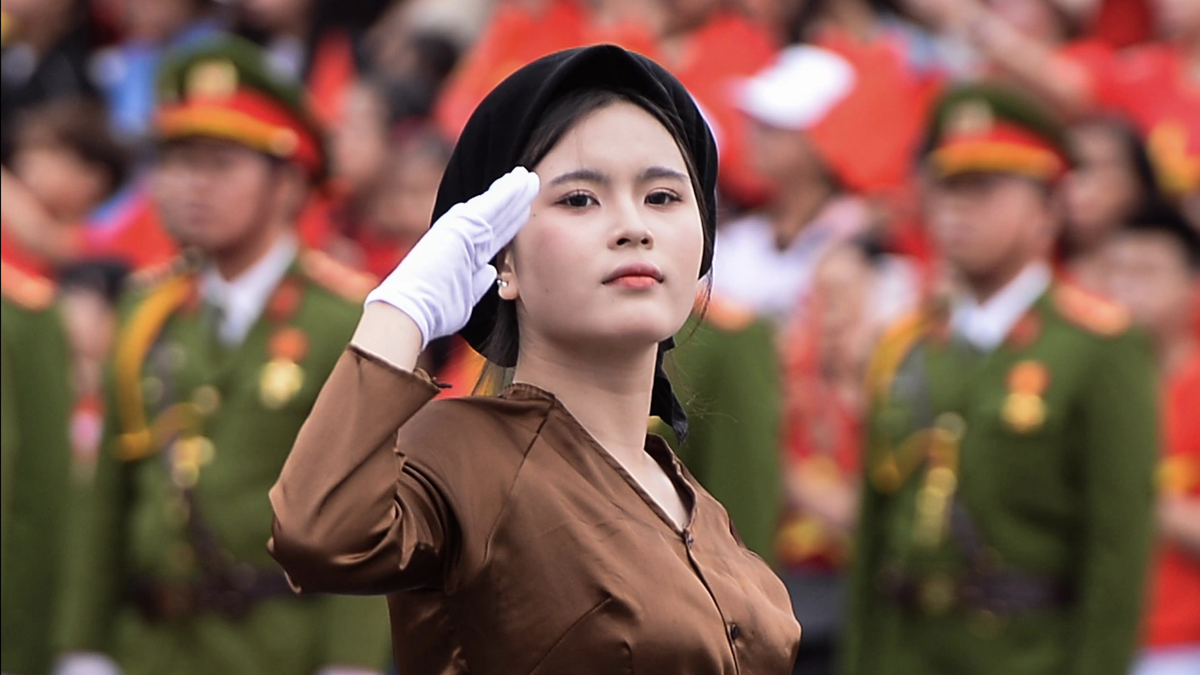

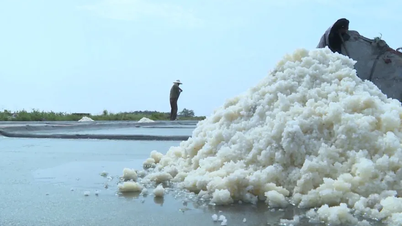

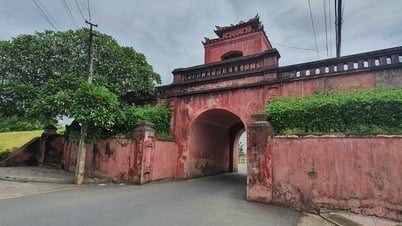



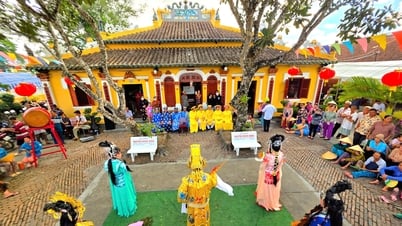









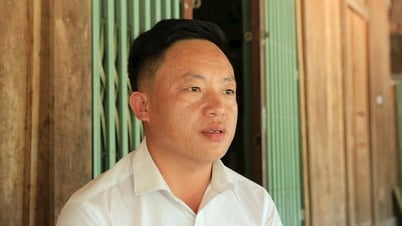









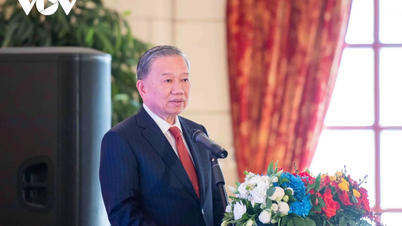

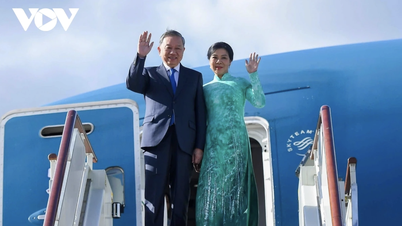
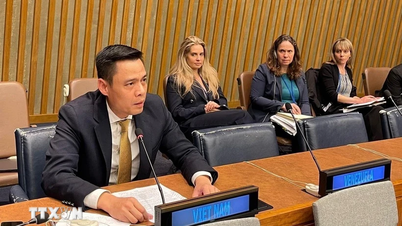


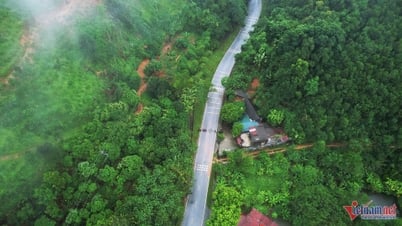
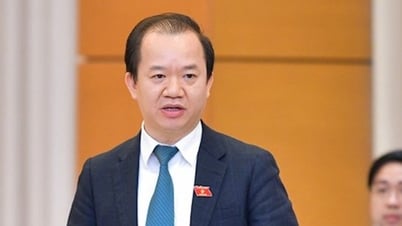


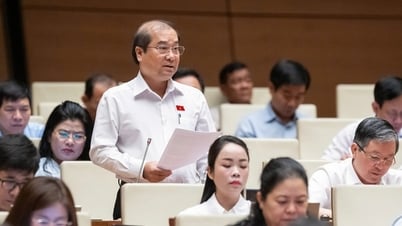
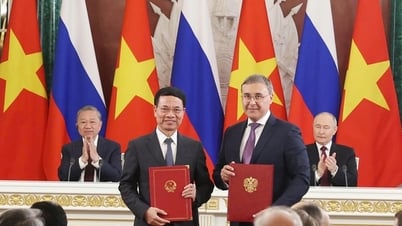




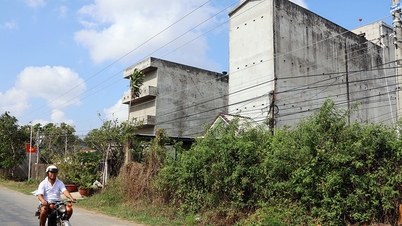



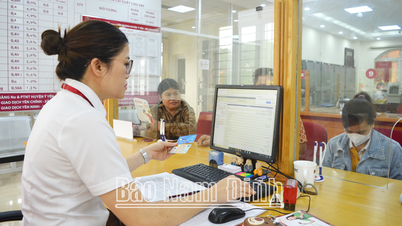

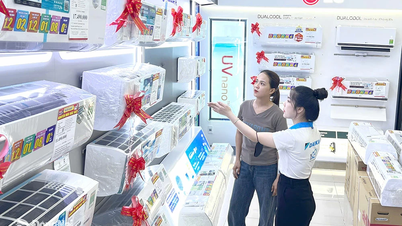

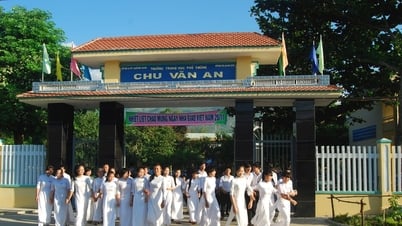

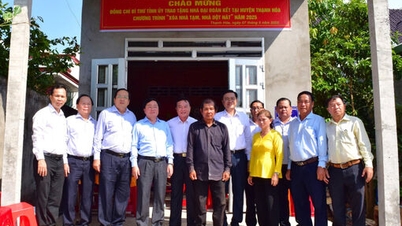

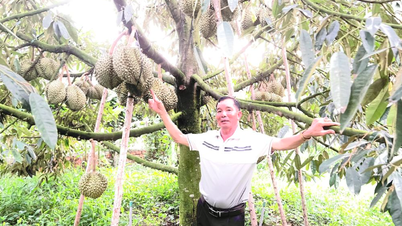

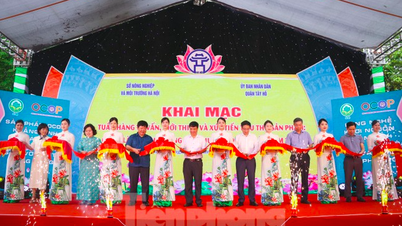


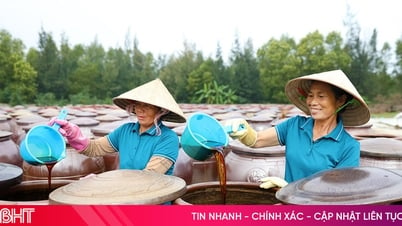



Comment (0)